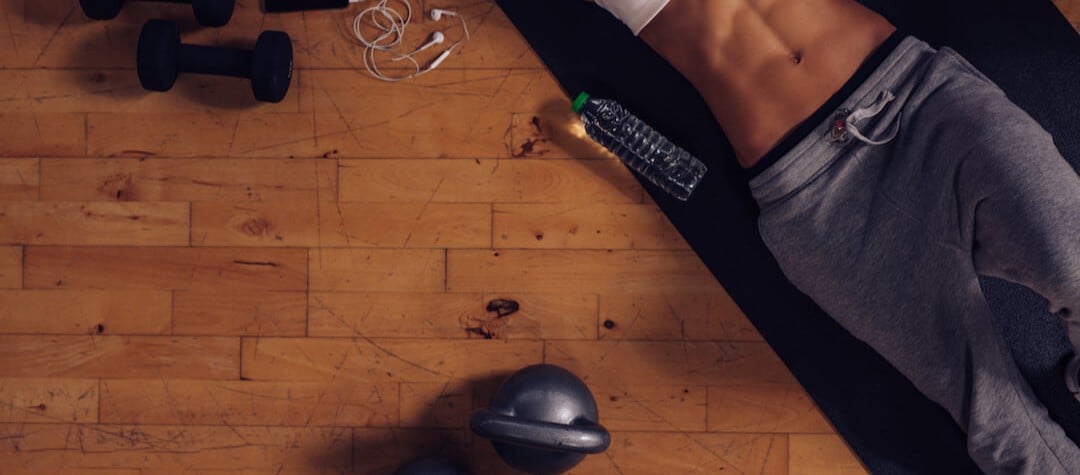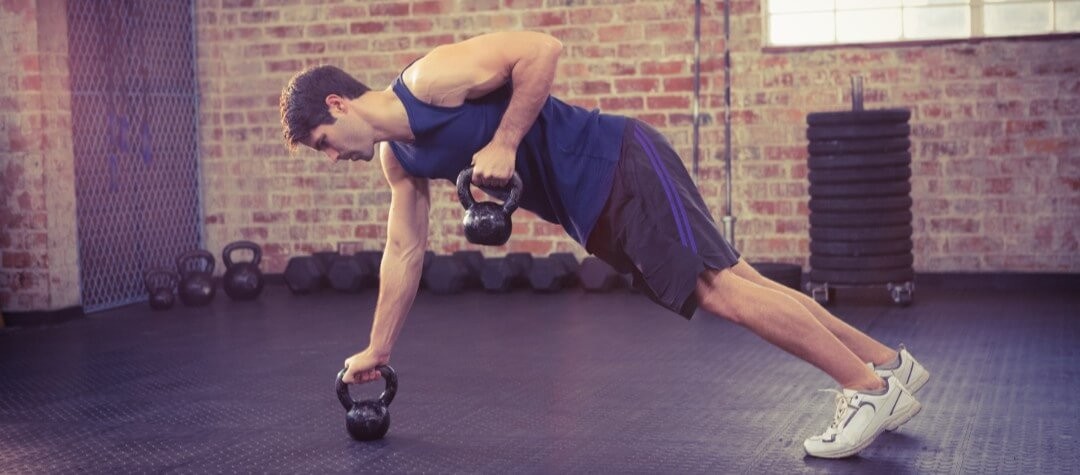'Cardio', 'CV session' and 'cardiovascular workouts', are all common expressions referring to cardiovascular training. But what exactly is cardiovascular training and how much of it should you be doing?
Cardiovascular (CV) training
The dictionary definition for CV training is: ‘physical conditioning that exercises the heart, lungs and associated blood vessels’. In other words, when you do a cardio session, you’re giving your heart, lungs and circulatory system - in addition to any other muscle groups that you use - a good workout. Cardio exercise is extremely important because this system is effectively your body’s engine - and without a strong engine you’ll be going nowhere, no matter how good your bodywork is!
How do I measure my CV system?
There are two useful ways to measure the efficiency of your CV system:
- Resting heart rate (RHR)
Your RHR is the number of times your heart beats in 60 seconds - with each beat a single contraction of your heart as it pumps blood around your body. The lower your RHR is, the more blood your heart can pump in a single contraction and effectively the stronger it is. The average value for an adult’s RHR is 72 beats per minute, but with cardiovascular training that figure will reduce, providing you with a measure of your improvement. Elite athletes can have extremely low RHR values – for example the former double Olympic gold medallist Sebastian Coe reputedly had a RHR of 29!
- Blood pressure (BP)
Blood pressure has two values, which are usually displayed as two figures, one above the other - for example 120/70. The upper figure is the systolic pressure and is the pressure when the heart contracts or pumps blood out, while the lower figure is the diastolic pressure and is the pressure when the heart is relaxed. Your target figure for your BP should be no higher than approximately 140/85 – and, similarly to RHR, CV exercise will lower your BP, which will provide you with a measure of your CV health.
Different types of CV exercise
There are many different types of CV exercise, but the most effective CV exercises are those that use the largest muscle groups in the body and require you to support your own bodyweight while exercising. So, walking , jogging and running, while excellent fat burning exercise, are excellent for your CV workout because they fulfil both criteria: they use the large muscles of the legs and you have to stand up throughout your workout.
On the other hand, a hand-cycling machine - which you could find in a gym - is a far less effective CV exercise, because you will be using the smaller muscles of the arms and will be seated throughout your workout. The following list will give you some ideas for your CV workout:
Swimming; cycling; rowing; aerobics; circuit training; walking; jogging; running; dancing; using gym machines such as a stepper, treadmill, rower, or cross-trainer; and team sports such as football.
Cardio training benefits
In addition to keeping your heart and lungs in shape, CV training burns calories and is your primary tool for weight management. For example, walking, jogging and running burn approximately 100 calories per mile covered - so walking two miles each way to and from work will burn off the equivalent of a half a kilogram of body fat in a fortnight! Also, you will tone up the muscles employed - usually the legs - and release endorphins during exercise. Endorphins are the ‘feel-good’ hormones that give you that buzz after a workout.
How much cardio exercise should I do?
To get health and fitness benefits, you should aim to do at least 30 minutes of continuous CV exercise five times per week. Although this may seem like a lot, if you factor in activities such as walking as well as specific exercise sessions, it is easily achievable. Statistics show that 17 per cent of car journeys are less than one mile - which include trips to drop the kids off at school or going to the local shops - whereas a mile can easily be covered in 15 minutes on foot and will give you numerous health and fitness benefits.
Cardio exercise precautions
If you are at all unsure about starting a CV exercise programme or have not exercised for some time, then get the all clear from your doctor before you begin. There are also certain forms of CV training that are unsuitable for some people – for example, if you suffer from arthritis or joint problems then impact activities such as jogging and running will not be good for you. Also, asthmatics will find CV exercise easier to do in moist, warm conditions – so swimming in a heated, indoor pool is ideal for people who suffer from asthma .
To fully exercise your CV system you need to carry out at least five sessions per week, but you should always factor in one complete rest day each week to avoid excessive fatigue and overtraining , and to allow your body to recover and rebuild stronger.
Your cardiovascular workout
Keeping your heart and lungs in good shape has to be a priority for your fitness programme, because CV training is essential for long-term health and fitness. In addition to the whole host of health and fitness benefits that you can gain from regular cardio exercise, CV workouts can be fun and enjoyable, leaving you feeling great for hours afterwards! The ‘runner’s high’ is a well known phenomenon that runners often experience after a session – but this can equally be experienced through any of the different forms of CV activity.














